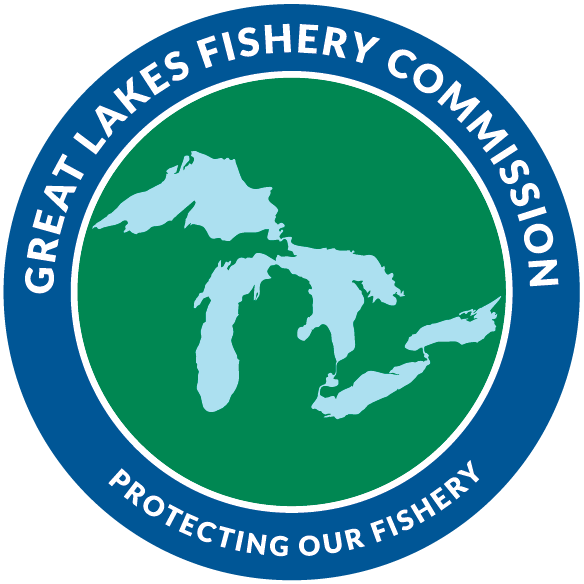2025 Treatment Schedule
The Great Lakes Fishery Commission, in partnership with U.S. and Canadian agencies, implements a comprehensive sea lamprey control program to protect the $5.1 billion Great Lakes fishery. A cornerstone of this effort is the application of lampricides—primarily TFM and Bayluscide—to streams and rivers where sea lamprey larvae reside. These treatments are conducted with precision to target sea lampreys while minimizing impacts on other aquatic life.
Lampricide treatments are scheduled based on extensive assessments of larval populations and environmental conditions. Factors such as stream discharge, temperature, and pH are carefully considered to ensure effective application. Treatments typically occur every three to five years in infested tributaries and while the entire process (preparation, treatment, wrapping up) can take up to a week, the actual treatment only lasts the amount of time it takes for the lampricide to move through the system. The extent of all these processes depends on the size and complexity of the waterway. It's important to note that treatment dates are subject to change due to variables like weather conditions and water flow levels.
For detailed information on upcoming lampricide treatments, including specific dates and locations, please refer to the above map or treatment schedule. These are regularly updated to reflect any changes and to provide the most accurate information available.
The above map shows the scheduled lampricide treatments for this year. It includes information such as the currently scheduled treatment date, estimated number of larval lampreys targeted and when the last time the system was treated.

